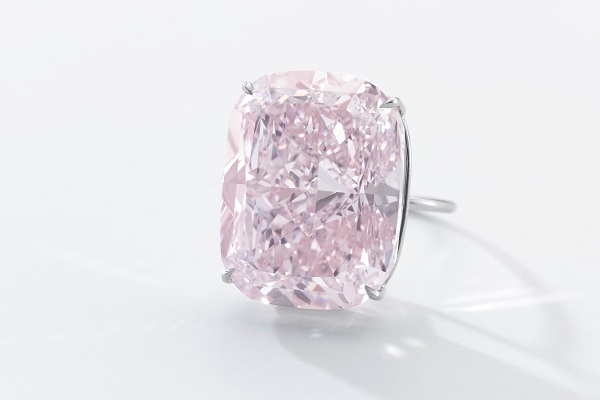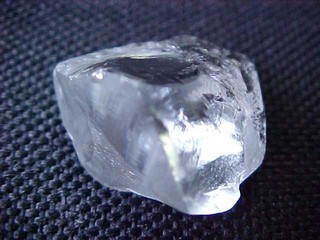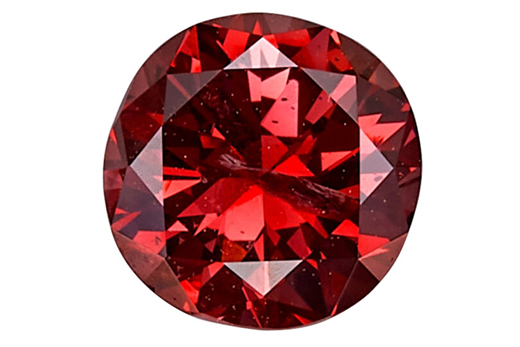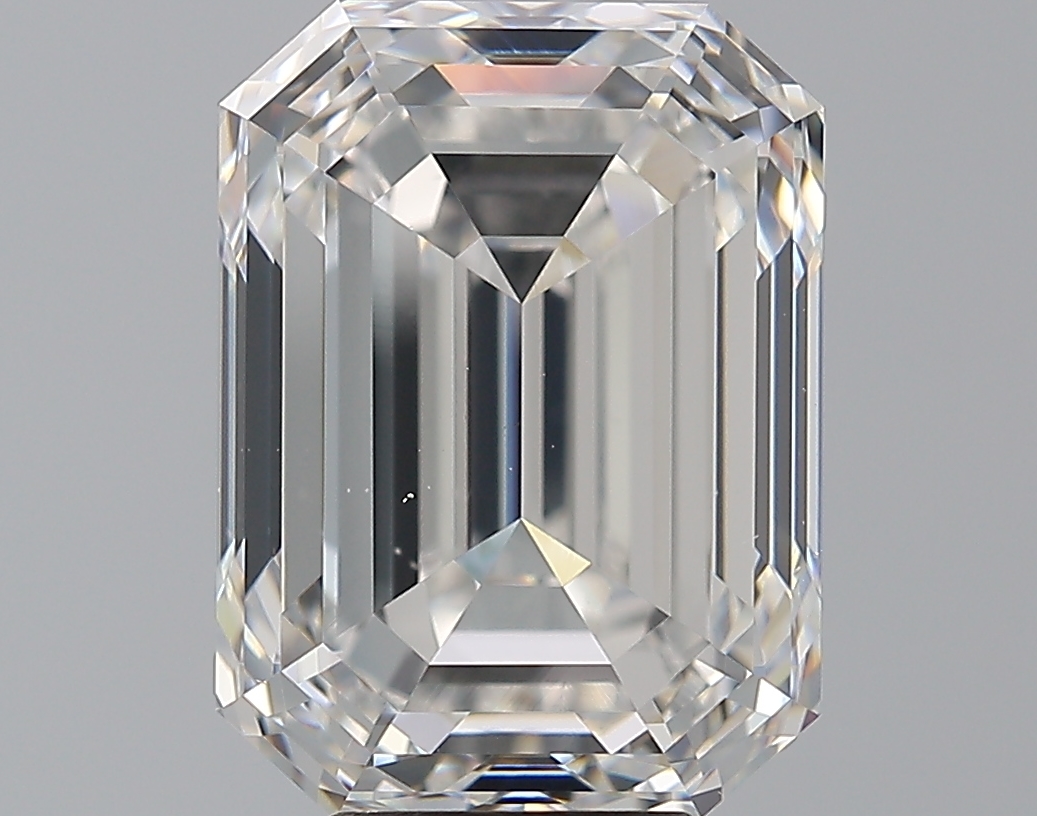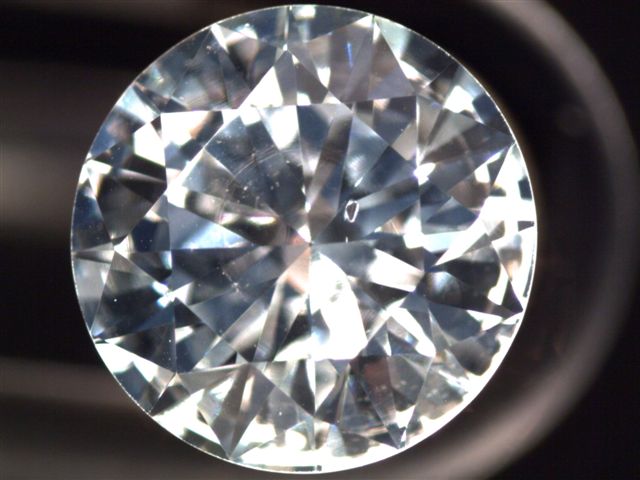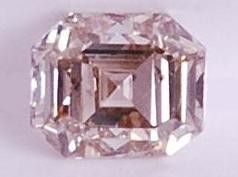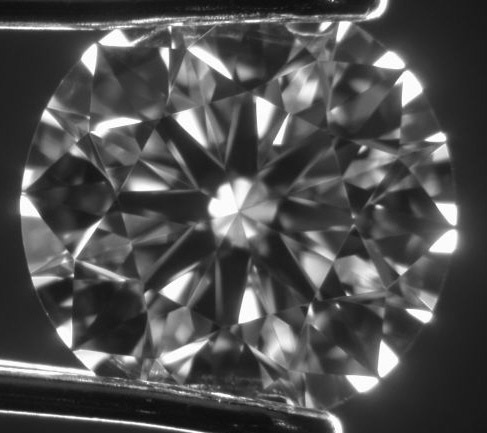Kimberlite is an igneous rock, typically blue or green in colour, from which most diamonds are mined. It is of particular interest in the study of diamonds because it serves as the primary host rock for the formation and occurrence of these precious stones. Kimberlite is found in specific geological structures known as kimberlite pipes, which are deep, vertical fissures or conduits in the Earth’s crust. These pipes were formed by volcanic activity, and they are the main source of natural diamonds that are mined today.
Formation and Composition of Kimberlite
Kimberlite is an ultramafic rock, meaning it contains a high proportion of magnesium and iron, with low silica content. The primary components of kimberlite include:
Olivine: A green mineral that is a common constituent of kimberlite, contributing to its characteristic colour.
Pyroxenes: A group of minerals that also form part of kimberlite’s composition.
Carbonates: Minerals such as calcite and dolomite can be found in kimberlite, sometimes in large quantities.
Clay Minerals and Volcanic Ash: In some cases, kimberlite also contains elements derived from the surface, such as clay minerals or volcanic debris.
Diamond Crystals: Most notably, kimberlite contains diamonds, though the quantity and size of these diamonds vary.
The volcanic activity responsible for the formation of kimberlite pipes involves the eruption of magma from deep within the Earth’s mantle. This magma, under extremely high pressure and temperature, ascends through the Earth’s crust, bringing with it diamonds that formed under similar high-pressure conditions. Kimberlite, upon solidification, traps these diamonds within the rock, where they remain until mining operations bring them to the surface.
Kimberlite Pipes: The Primary Source of Diamonds
The most famous source of diamonds, kimberlite pipes, are vertical geological formations that originate from deep beneath the Earth’s surface. These pipes are often cylindrical in shape, and their formation is associated with ancient volcanic eruptions. As the magma ascends through the Earth’s crust, it forms a narrow, funnel-like conduit. Over millions of years, erosion and weathering can expose kimberlite pipes, allowing diamond mining to occur.
These pipes are typically surrounded by much older and harder rocks, often making it difficult to access the diamonds. The kimberlite itself can also contain other valuable minerals such as garnet, ilmenite, and chromite, but it is the diamonds embedded within the kimberlite that are the primary target of mining efforts.
The Role of Kimberlite in Diamond Mining
Kimberlite plays a crucial role in the discovery and extraction of diamonds. Mining operations often target kimberlite pipes, as they are the most reliable source of diamonds in nature. The process of mining kimberlite involves:
Exploration: Geologists and prospectors search for kimberlite pipes using various techniques such as aerial surveys, satellite imagery, and ground sampling. The distinctive blue or green colour of the rock can also be used as an indicator of its presence.
Extraction: Once a kimberlite pipe is located, it is typically extracted through either open-pit or underground mining techniques. Open-pit mining involves removing large quantities of surface material to reach the kimberlite layer, while underground mining involves digging shafts to reach deeper deposits.
Processing: After kimberlite is extracted, it is crushed and sorted to separate the diamonds from the surrounding rock and other minerals. This is typically done through a combination of mechanical crushing, gravity separation, and sometimes, advanced techniques such as X-ray sorting or dense media separation.
Geological and Geographic Distribution of Kimberlite
Kimberlite is found in specific geographic regions, primarily in ancient cratons—stable areas of the Earth’s crust that have remained relatively undisturbed for billions of years. These regions include:
Africa: The continent is home to several large kimberlite pipes, including the famous Kimberley Mine in South Africa, which has been historically significant for diamond mining.
Russia: Russia contains several diamond-producing kimberlite pipes, particularly in Siberia, with the Yakutia region being a major source of diamonds.
Canada: The discovery of kimberlite pipes in Canada’s Northwest Territories led to the establishment of large-scale diamond mining operations, such as the Ekati and Diavik mines.
Australia: The Argyle Mine in Western Australia, which produces significant quantities of pink and red diamonds, is also a notable source of kimberlite.
While kimberlite pipes are present on all continents, the largest and most significant diamond-producing regions are found in Africa, Russia, and Canada.
Importance and Rarity of Kimberlite Pipes
While kimberlite pipes are the main source of natural diamonds, they are relatively rare. The conditions required for kimberlite formation are very specific, and only a small number of these pipes have been discovered and mined for diamonds. Geologically speaking, kimberlite pipes are often formed in ancient and stable parts of the Earth’s crust, where volcanic activity can reach the depths necessary for diamond formation.
The rarity and difficulty of accessing kimberlite pipes make diamonds sourced from these pipes valuable commodities. The unique geological conditions under which kimberlite forms, combined with the rarity of pipes, contribute to the high value of diamonds that originate from these sources.
Kimberlite vs. Lamproite: Other Sources of Diamonds
While kimberlite is the most well-known source of diamonds, lamproite is another type of volcanic rock that can also host diamonds. Lamproite is less common than kimberlite, but some significant diamond deposits, such as those at the Argyle Mine in Australia, have been discovered in lamproite pipes. However, kimberlite remains the more prominent and studied source of diamonds worldwide.
